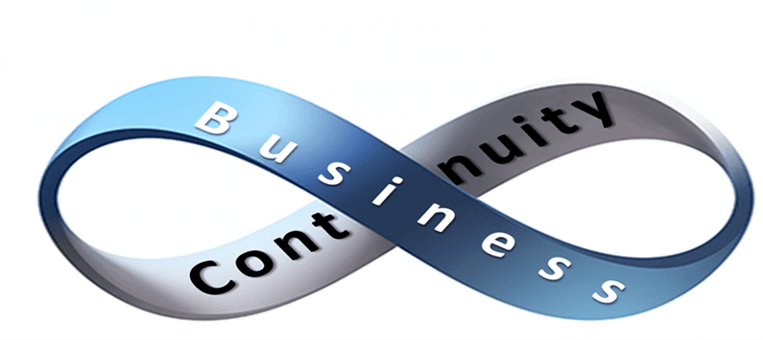
With the onset of the COVID-19 pandemic crisis that came upon us just a few short months ago, now more than ever, manufacturers need to develop and implement an effective business continuity plan if they have not already done so. While many companies who are ISO9001:2015 registered are required to identify risks and opportunities, as well to develop a response plan and integrate the response into their quality management system; this level of planning is wholly inadequate to support their needs under our current situation. This is because ISO9001 asks a company to identify “what they will do IF something happens”, but now companies need to have a comprehensive plan to manage the business through the crisis now that it HAS happened.
There is a vast number of resources available for download on the internet…. everything from blogs and articles to planning templates for developing a continuity plan, many of which are free. The key is to identify the right information that best addresses each company’s unique situation. For companies in the manufacturing sector however, there are certain key elements which should be considered the “minimum” items to address:
- Emergency Management Leader
- Emergency Management Team (with defined roles)
- Team Processes & Procedures (including return to work policy)
- Communication Plan (Internal, External, Key Contacts)
- Employee Training
- Evacuation Plan
- Property Protection & Security (Facility shutdown, records preservation & building information)
- Community Outreach Plan
- Recovery & Restoration (Supply Chain, Logistics, Operations, Human Resources, Information Systems)
- Implementation & Maintenance (Conduct drills, train employees, annual plan audit)
Many companies who have already developed a business continuity plan have likely already implemented many elements of the plan. This includes facility security protocols, visitor policies, cleaning and decontamination practices, changes to HR policies, etc. But now is the time to revisit the plan and place special emphasis on Recovery & Restoration. For a manufacturer, there are four key areas in which to place special emphasis:
Supply Chain
Many companies have experienced supply chain disruptions during the COVID crisis for a variety of reasons. Current supply chain partners may be capacity constrained or may be suffering financial hardship. Key suppliers should be ranked for importance and those that comprise 80% of supplied material should be evaluated and communicated with to determine their current situation, as well as their capability to meet demand when orders pick back up. Will suppliers be able to meet a sudden ramp up in demand? Are they financially healthy? Will they be able to meet lead time requirements?
Customers
Key customers may also be impacted negatively during the COVID crisis. Like supply chain partners, they should be ranked for importance and those that comprise 80% of business should be evaluated and communicated with to understand expectations when demand picks back up. Will shorter lead times be required? What volume requirements do they anticipate? Will there be changes to payment policy and / or the ability of the customer to pay?
Manufacturing Equipment
With regards to companies who may have shut down or scaled back operations during the COVID crisis, some or all of the key manufacturing equipment may need to undergo extensive preventative maintenance in order to safely restart the equipment without the risk of damage. This could include oil / filter changes, lubrication, etc. Analyze product mix to identify manufacturing equipment in which 80% of products are processed through, and conduct a thorough maintenance review.
Employees
Obviously, employees are the most valuable resource a company has, which is why they are a key element of the business continuity plan. Many companies have documented succession plans to plan for the replacement of key leadership team members when they transition out of the company, but a succession plan would not be adequate to plan and manage through a pandemic crisis like we are currently experiencing, since it typically only addresses the leadership team. As a result of the COVID crisis, a manufacturer needs to evaluate its human resources from top management all the way down through shop floor employees. If the business has been closed during the crisis, what key functions will be critical to restarting the company? Which employees will return to work, and which ones have been lost? Will it be necessary to re-train or cross-train employees to assure key business functions are adequately covered? Where do we stand in terms of human resource capacity based on anticipated customer demand? It will be important for companies to establish a baseline of current capacity and complete a gap analysis to identify key roles that will need to be filled.
Conclusion
As part of continuity planning, it is recommended that a company develop a comprehensive business impact plan and identify both short-term and long-term actions that will need to be taken to assure the business can continue to operate successfully during the COVID crisis, and / or re-start operations when business is able to resume. The Business Impact plan should contain all of the elements identified above, with the Emergency Management leader serving as the owner of the document. The plan should be reviewed and updated by the Emergency Management team at a frequency (daily, weekly, monthly) necessary to assure the business is operating successfully.
IMEC has experts on hand, ready to help with your business continuity plan. Get in touch today!





